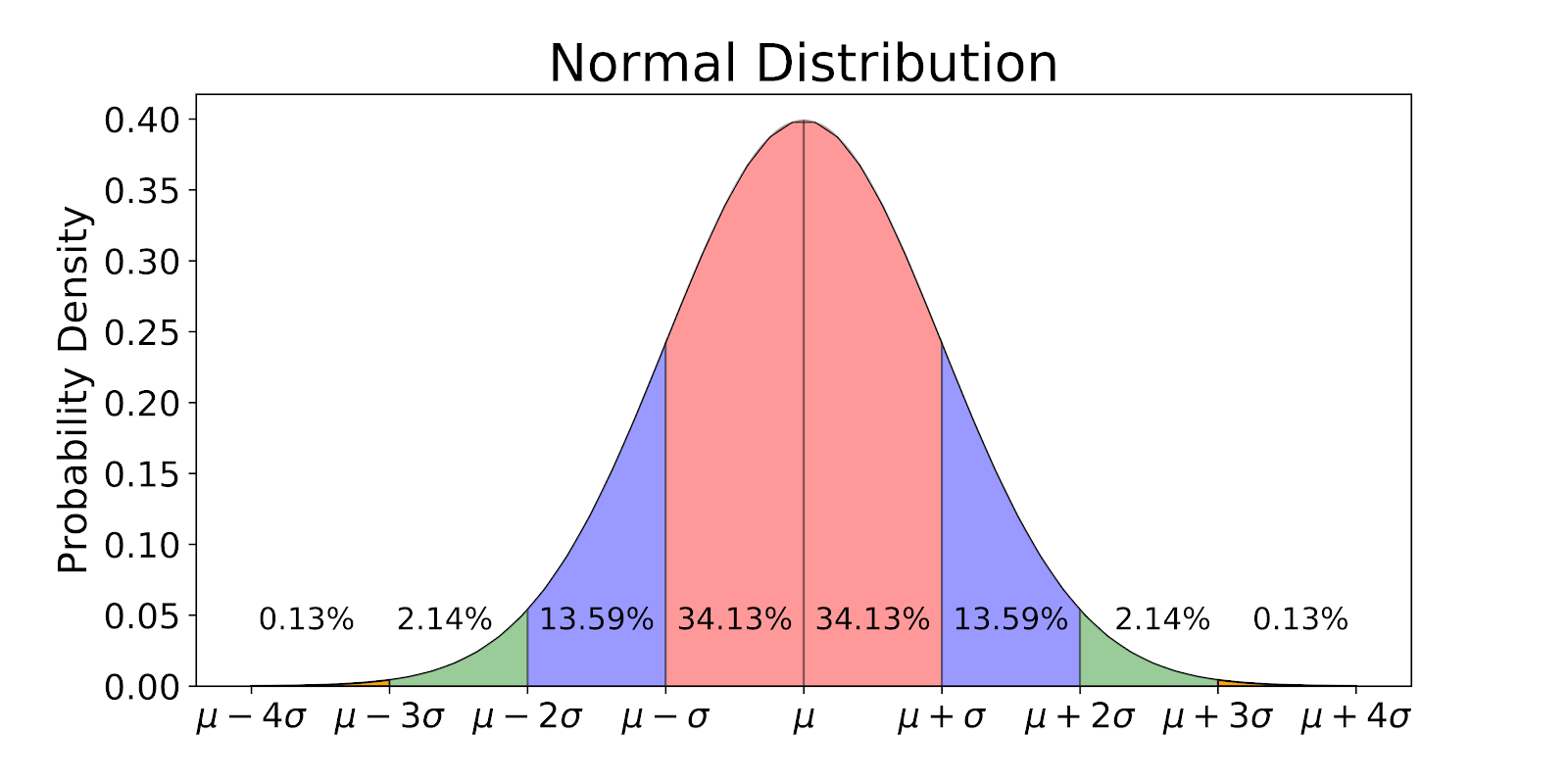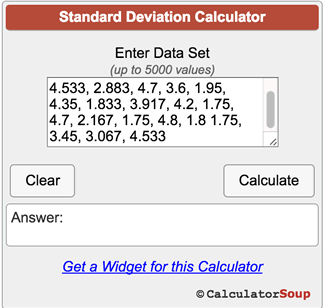

Subtract the mean from each, then square the result Add all the numbers in the data set, then divide by 4 for an average of 10.

You can find the mean, also known as the average, by adding up all the numbers in a data set and then dividing by how many numbers are in the whole set.įor example, the data set for this example problem is 6, 8, 12, 14. Calculate the mean of the numbers in the data you are working with
#How to calculate standard deviation how to
Related: How To Calculate Square Root How to calculate standard deviationįollow these steps-and example numbers-to calculate the standard deviation using the population standard deviation formula: 1. The formula for calculating standard deviation is:

Related: What Is Variance? Standard deviation formula However, when you're first learning about the standard deviation formula, it helps to solve a few problems by hand to gain insight and understanding about how the formula actually works. With today's technology, you usually solve standard deviation calculations through computer programs or spreadsheets. Calculating the formula by hand is very time-consuming and there is a high risk of making a mistake. In real-world applications, you rarely solve the standard deviation formula with pencil and paper. It can help portfolio managers differentiate between aggressive growth funds which have a high standard deviation or more stable growth funds with a lower standard deviation. You can use it to predict performance trends or help with trading strategies in the market. Investment firms can use standard deviation to report on their mutual funds and other products as it shows whether the return on funds is deviating from normal expectation. You can use the standard deviation formula to find the annual rate of return of an investment or study an investment's historical volatility. Standard deviation is one of the fundamental measurements of risk that analysts, portfolio managers and investment advisors use. It has real-world applications in many fields, especially in finance. You can use standard deviation for more than just statistics, probability theory, chemistry and mathematics. Read more: What Is Standard Deviation? How It Works and Other FAQs When to calculate standard deviation While the sample version is sometimes necessary, it is less accurate and only provides an estimate. You work with a random sampling of data from the population. It is a statistic meaning it is calculated from only some of the population. Sample standard deviation: You use the sample version of the formula when it's not possible to measure the entire population or data set. This is the most common version of the formula. It is a parameter meaning it has a fixed value calculation for every individual or object in the population.

Population standard deviation: You use the population version of the formula when you can measure an entire population or the entire set of data. There are two versions of the standard deviation formula: It's a way to measure how far each data point is spread from the average value. When your data is not closely related to the average, it has a high standard deviation, meaning your data is not as reliable.Īnother way to think of standard deviation is as a measure of disbursement or how much your data is spread out. When your data is closely related to the average, it has a low standard deviation, meaning your data is very reliable. Standard deviation is a statistical measurement of the amount a number varies from the average number in a series.


 0 kommentar(er)
0 kommentar(er)
